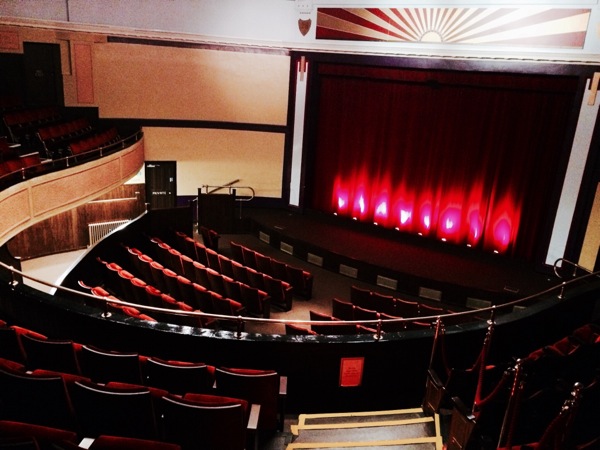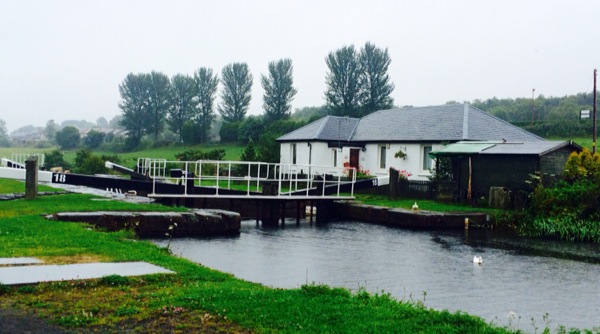The John Muir Way - Falkirk to South Queensferry
 DINKS Travel
DINKS Travel 
The fifth and sixth sections of the John Muir Way cover 23 miles which we hiked at a relaxed pace with stops in Linlithgow, Bo'ness, and Hopetoun before reaching the picturesque seaside city of South Queensferry.
With relatively short distances to span each day, we took the opportunity to visit local attractions such as the:
- Lovely Callendar House estate with its fully functional 1825 kitchen.
- Imposing Linlithgow Palace where Mary Queen of Scots was born in 1542.
- Stunning Blackness Castle with its long history as a state prison, artillery fortification, and ammunitions depot.
Exploring the nooks and crannies of these impressive structures was a joy, but we found something special in a somewhat lesser known attraction.
The 100+ year old Hippodrome in Bo'ness is Scotland's oldest purpose-built cinema. After visiting the concession stand, we took our seats to watch Roman Polanski's "Venus in Fur", an unusual and enjoyable movie made even better by the architecturally stunning setting.
As we cross the midpoint of our Scotland hike, we're reminded to slow down, savor the simple experiences, and appreciate the opportunities we're given. And sometimes stepping out for dinner and a movie does just the trick.
 Bo'ness,
Bo'ness,  Falkirk,
Falkirk,  Hike,
Hike,  Linlithgow,
Linlithgow,  Scotland,
Scotland,  South Queensferry,
South Queensferry,  The Hippodrome,
The Hippodrome,  The John Muir Way,
The John Muir Way,  United Kingdom
United Kingdom 








